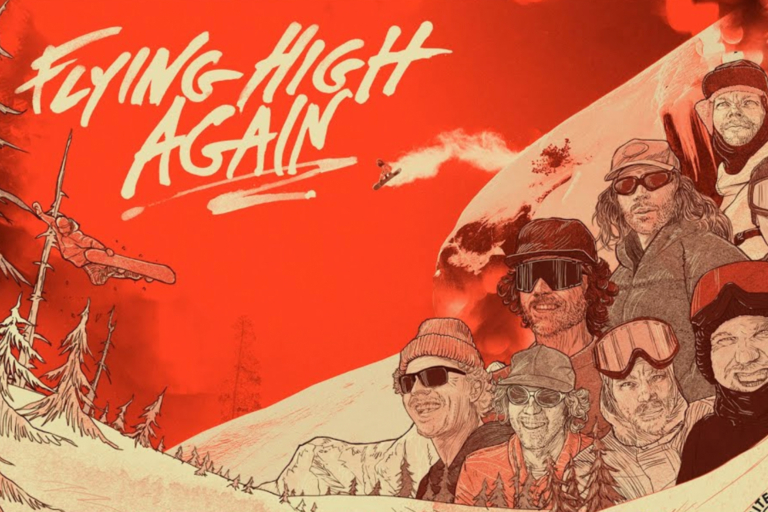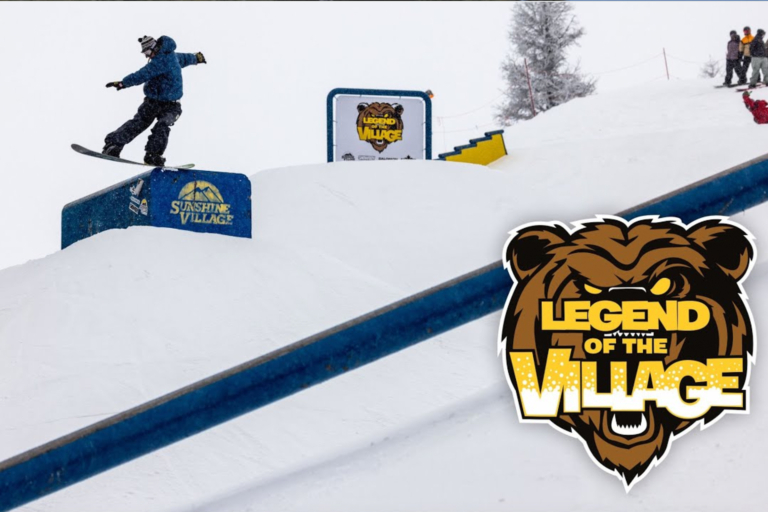Jeremy Jones bridges the gap between mountaineering and snowboarding, showing us respect and humility towards the mountains that provide our livelihood as snowboarders. Riding a snowboard at 19,000 feet in Nepal is nothing to scoff at, but to the king of big mountain riding this is just a test run for the real test at over 21,000 feet. Be sure to catch Higher when it drops this fall.
From Teton Gravity Research via Youtube:
Last fall, Jeremy Jones traveled to Nepal for the largest descent of his life—a 21,400 foot peak that he dubbed the Shangri-La Spine Wall. His arrival at the foot of this peak coincided with the final weeks of Nepal’s monsoon season. While waiting for a suitable weather window in which to summit his objective, Jones had ample opportunities to acclimate and plan for his mission.
Once the monsoon season began to subside, Jones still had to approach his objective with an element of patience. Before he could attempt to summit the Shangri-La Spine Wall, he first needed to simply get back on the snow. Between trekking to his base camp and waiting out the remainder of the monsoon season, three weeks had passed since he had arrived in Nepal. Yet in addition to his need to get back on the snow, Jones also needed to assess the safety and stability of the snowpack—especially since little information was available on the area’s conditions both before and throughout his trip to Nepal.
During their first day on the snow, Jones and Luca Pandolfi—his partner for the mission—summited a nearby peak for a test run. With the help of Nima Tasi Sherpa and Dawa Sherpa, the duo climbed Mingbo La Pass. Once a common route for climbers headed to Everest, this pass fell out of favor as easier routes opened up for accessing the peak’s base camp. With an aspect similar to that of the Shangri-La Spine Wall, Mingbo La Pass provided an opportunity to carefully study the area’s snowpack. At 19,000 feet, the pass also offered a glimpse into the challenges Jones and Pandolfi would face in the days ahead.




